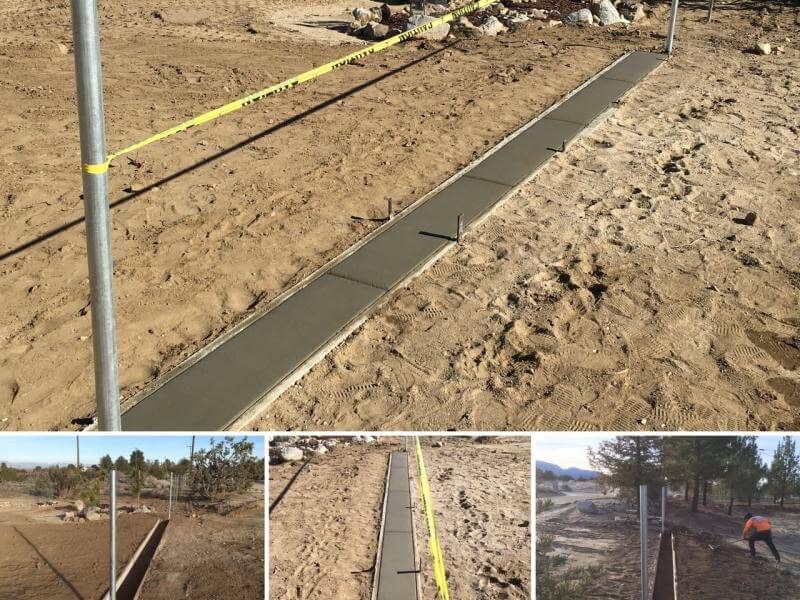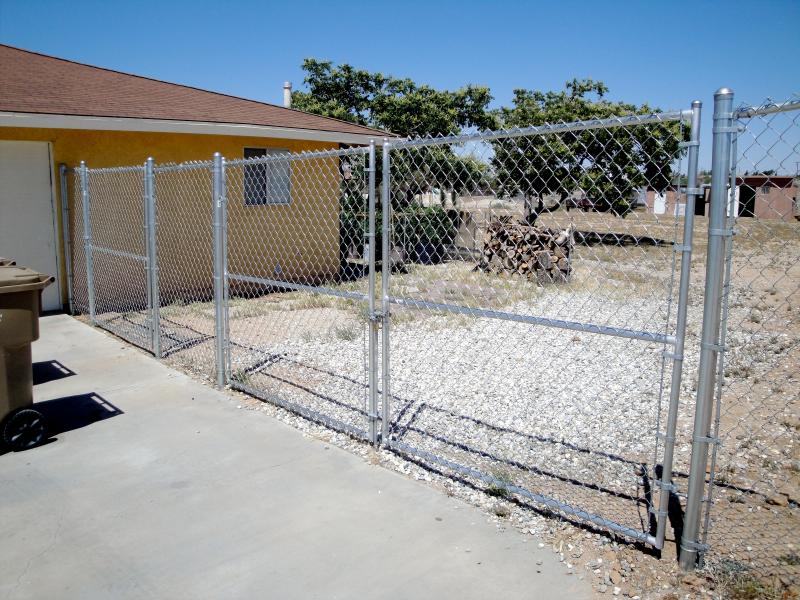Identifying the Various Chain Link Fence Parts by Name
Are you planning to build your own chain link fence, or is your existing fence falling apart, and you’re hoping to upgrade it? Whatever the case, your first step should be identifying the essential fence components you need. Once you have the names of the parts, acquiring them is straightforward. We’ve created this helpful infographic to aid with the process.

Knowing Your Chain Link Fence Components By Name
The basic structure of a chain-link fence is pretty simple. You have the posts, the mesh (typically sold in rolls), the rails, and a few attachments for structure and stability. Once you know what you need, the next step is to figure out how much linear footage you must cover. From there, you can determine the quantity of fence components to buy. The graphic above matches the images to the names of key chain link fence parts. You can purchase all of these individually from a trusted retailer.
A Few Notes About Installing Chain-Link Fences
Purchasing the fence parts you require is only half the battle. Installation is the real challenge. The most important part of installation is setting your posts. If you don’t get this right, every other part of the job will be a waste of time. Posts should be installed 18 to 24 inches beneath the ground with a concrete surround. The concrete should be given 2 to 4 days post-casting to cure. Only then can you safely install the railings and mesh.

Also, note that if your installation includes a chain link gate, the list of requisite chain link fence components is more substantial and includes additional rails, hinges, and latches. If you’re unsure where to start, contact professional fence installers for help. Experts know all the parts and processes and will advise you accordingly.
Below are descriptions and names of vital chain-link fence parts you must know as a DIYer:
Terminal Posts
The structural foundation of your fence is made up of terminal posts or corner posts. They're the larger diameter vertical poles positioned where your fence ends, turns, or has gates. Terminal posts are firmly planted in the ground with a concrete footing to resist wind, pressure, and gate weight. This is extremely important for strength and stability regardless of the pole material. They are among the chain link fence components critical to the fence's integrity.
Line Posts
Line posts are planted between terminal posts. A 10-foot spacing is standard between line posts but could differ. These posts are usually placed inside a concrete footing. Their primary function is to hold the rails in place and offer additional strength and reinforcement to the fence. Proper placement of line posts is critical to supporting the fence and keeping it from sagging.
Top Rails
Top rails are also essential chain-link fence components. They are similar to smaller diameter posts, but aren't anchored to the ground. Instead, they form the horizontal perimeter of the fence. In most cases, chain-link fences have a top rail and a bottom tension wire that minimizes the flexing at the bottom of the fence due to wind, snow weight, or other factors. They make for a sturdy fence with minimal movement or shifts under stress.
Fence Mesh
Another chain-link fence part you should know by name is the fence mesh. This is the chain-link portion of the fence. It is usually sold in rolls to make installation faster and easier. The mesh is attached to line posts using tie wires, and as your fence ages, it is the chain-link fence component that must often be repaired or replaced. This part needs to be made of a high-strength material, and galvanized steel is the most commonly used material.
Tension Bars and Bands
Tension bars are flat steel pieces that run parallel to terminal posts. They hold the fence mesh in place and are used to stretch the mesh to a firm and stable position. Tension bands help tighten tension bars and connect them to terminal posts. Hire an experienced fence contractor for your professional chain link fence installation to ensure the fence mesh is appropriately tensioned.

Caps
Caps are the last of the chain-link fence components you'll use. They are placed on top of each chain link post. Line posts will have a line post top or an eye-top, while each terminal post will have a terminal post cap or a ball cap. These caps are not interchangeable, and their use is vital to the safety and security of your chain-link fence. They prevent insects and weather elements like rain from entering the hollow posts. Caps also add visual appeal to your finished fence.
Contact Us for Professional Chain-link Fence Installation
If you’re looking for a company to install a chain-link fence for you professionally, All American Fence Erectors has you covered. We do installations for residential homes and commercial properties across California. Also, we stock and offer all the chain-link fence components you may need in our 5,000 Sq Ft Hesperia warehouse.This allows us to give you the best deals for your DIY installations.
Get your free estimate today and start your installation in 3-6 weeks.




